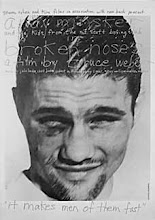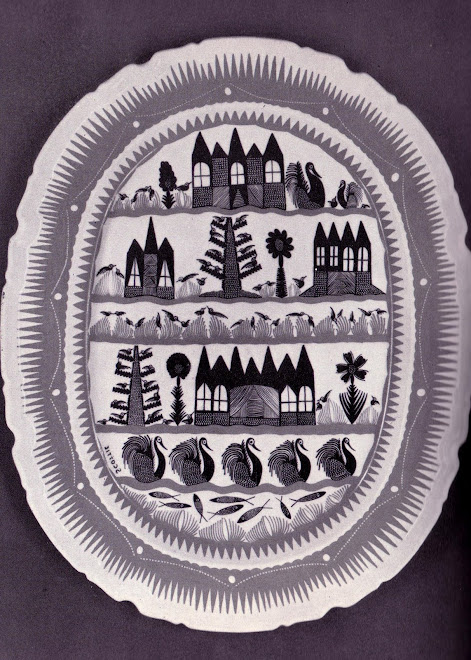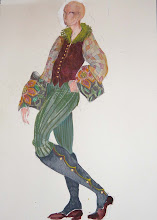
The Dalek Playsuit is an enduring memory and, given the plethora of Dr. Who-related merchandise that has resulted from the programme's phenomenal rebranding and re-invention, it seems that this particular item of early Dalek merchandise is one that tends to remain in the minds of those of us who are of a certain vintage, and for whom Saturday evenings were spent cowering behind the couch with delight and terror in equal measure. I was particularly struck to see this advertisement from an old Marshall Ward mail order catalogue, as doubtless, it was the very same one that caught my childhood eye and possessed my every waking hour all those many years ago, so much so that my beleaguered mother was driven to distraction by my constant badgering until it was sent away for (and at the outrageous cost of 66/6. it must have been intended to be a gift for several birthdays and Christmases combined). Let's face it, in the light perhaps of today's more finely-tuned aesthetic sensibilities, the Dalek Playsuit was, by anyone's standards, a superannuated bin bag, through which a sink plunger was thrust through one hole, a plastic potato-peeler through the other. It came down to just below the knees (despite the floor-length apparition we see in this somewhat overstated illustration) and lent the wearer the appearance of being clad in a futuristic mini-dress such as Courreges might have dreamt up for the catwalk. The head-piece was fashioned from stout cardboard, silvered on the outside, and with a series of die-cut slits through which one just about saw the direction of travel; the 'skirt' hung down from its base, whilst that dome was a sort of inverted saucer that sat on your head like a coolie-hat. The eye-piece was fixed, and was basically a large ping-pong ball on a stick. The colour of the skirt was red, and the trademark 'balls' on the Dalek's skirt were printed in white. I more or less lived in it (again, much to the frustration of my poor mother, who later decreed its fate) and when I decided to leave home, aged probably about eight or nine, it was my going-away outfit. I would like to imagine that to this day, there might be some soul who retains a glimmer of recollection that, whilst driving in Sussex in the sixties, they glimpsed the apparition of a Dalek wandering down the central reservation of the A22 like a revenant from a dream. Miraculously, I got as far as the pig-farm (the marmalade sandwiches having by then run out by then, thus posing something of a dilemma as regards supplies for any ongoing journey), whereupon I was duly returned on the back of the farmer's tractor (again, this must have been something of a sight to an unwitting onlooker). The days were numbered for the Dalek playsuit: my mother, at her wit's end, finally consigned it to the flames of our kitchen Raeburn on the very night of the Royal Variety Performance when the Beatles were blazing their own trail before the Queen of England. This act of iconoclasm on her part proved a step too far, as it set fire to the chimney at the exact moment the Fab Four took to the stage. A postscript. I am reliably informed that any Dalek playsuit that has survived (either flood or fire) commands huge prices on the vintage market; six to eight hundred of anyone's money, and that no one I know has ever seen one offered for sale, nor as a collector, possessed one in adulthood.
































































